Can You Grow Store Bought Oranges - Planting Grocery Store Orange Seeds
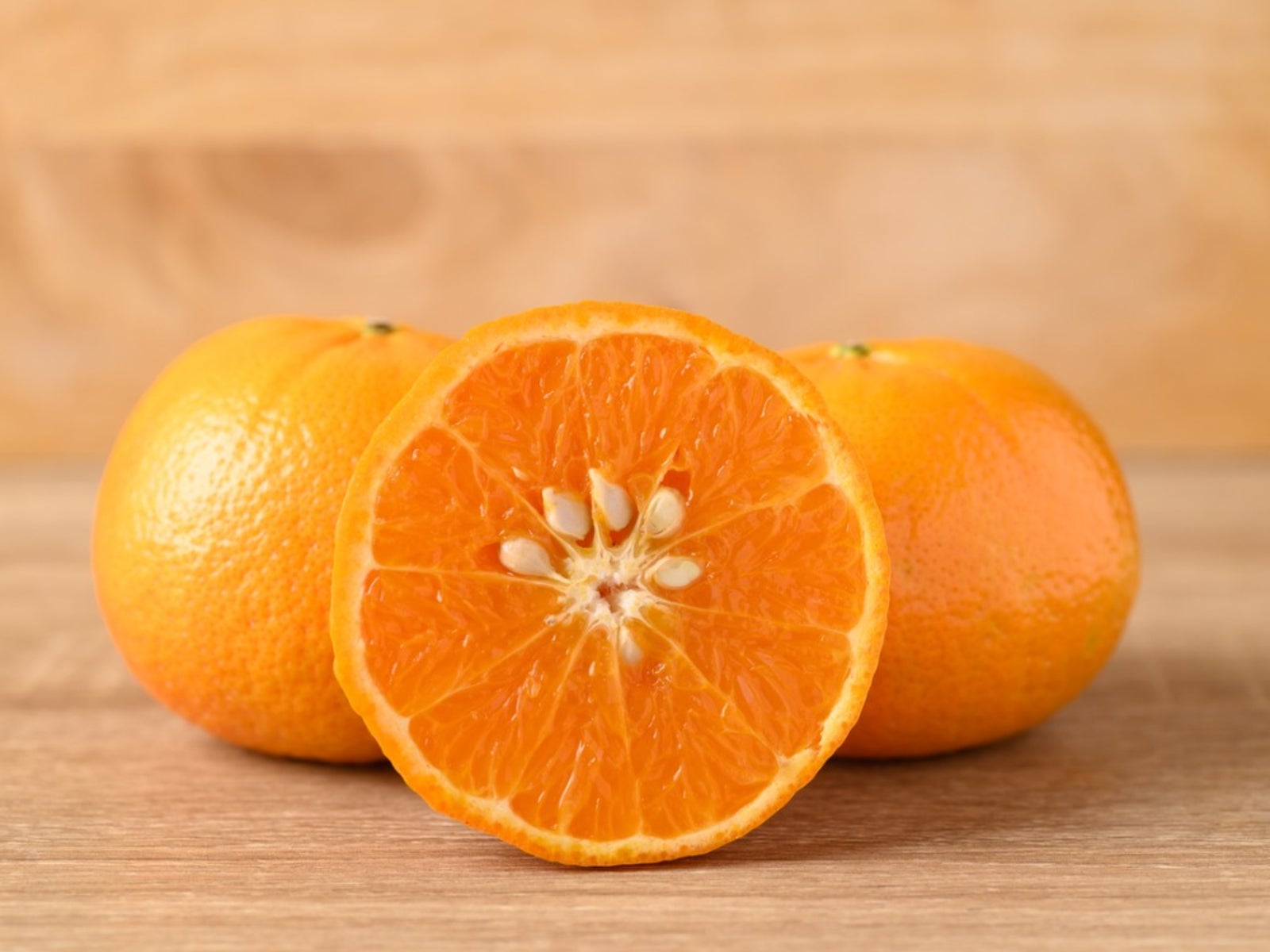

Anyone looking for a cool, indoor gardening project may want to try growing an orange tree from seeds. Can you plant orange seeds? You surely can, using grocery store orange seeds or seeds from oranges that you get in the farmer’s market. It may take up to a decade to see fruit from your plant, however. It’s fun and easy, and even if you don’t get fruit, you can bring a vibrant green plant into the world with sweet smelling leaves. Read on for tips on growing seeds from oranges.
Growing Seeds from Oranges
It’s no surprise that you can grow orange trees from seeds inside the fruit. Every other fruit grows that way, so why not oranges? Anyone who has ever peeled and eaten an orange knows that the fruit can have a dozen seeds in it, or even more.
The bigger news is that most seeds from oranges can grow into plants; you can even grow store bought orange seeds. That doesn’t mean you’ll necessarily succeed the first time, but you probably will over time.
Can You Plant Orange Seeds?
It may be hard to believe that the seeds you pile up as you are consuming an orange are potential orange trees. It’s true though, even grocery store orange seeds, planted correctly, have a good chance of growing if you plant them right. The seeds from sweet oranges usually come true from seed, producing plants like the parent tree, but “Temple” and “Pomelo” are two varieties that won’t.
The first step is preparing the seeds for planting. You’ll want to select plump, whole, healthy seeds, then clean off any pieces of orange on them. Soak the seeds in a bowl of tepid water for 24 hours to assist in germination.
Orange Tree from Seeds
Once the seeds are cleaned and have been soaked, it is time to plant them. If you live in a warm climate like USDA plant hardiness zones 10 or 11, you can plant the seeds outside. Those in cooler regions can plant in pots indoors.
In either case, grow your store-bought orange seeds in well-drained soil. If you are growing them in pots, use small containers with at least two drain holes per pot. Fill the pots with soil or sterile potting mix made up of equal parts milled peat and small grain perlite. Press two seeds into the surface of the soil in each pot, then cover them lightly with the soil or potting mix.
Gardening tips, videos, info and more delivered right to your inbox!
Sign up for the Gardening Know How newsletter today and receive a free copy of our e-book "How to Grow Delicious Tomatoes".
Keep the soil moist and the pots in a warm spot until the seeds sprout. Germination can occur within a week, but it may take several weeks. Each seed may produce up to three sprouts, and you should prune out the weakest. Transplant the healthiest sprouts into larger pots filled with citrus formula potting soil and place them where they get direct sun. Water and fertilize with citrus fertilizer and watch your new plants grow.

Teo Spengler is a master gardener and a docent at the San Francisco Botanical Garden, where she hosts public tours. She has studied horticulture and written about nature, trees, plants, and gardening for more than two decades. Her extended family includes some 30 houseplants and hundreds of outdoor plants, including 250 trees, which are her main passion. Spengler currently splits her life between San Francisco and the French Basque Country, though she was raised in Alaska, giving her experience of gardening in a range of climates.
-
 4 Superfast Composting Methods: Turn Waste Into Garden Gold In 30 Days Or Less
4 Superfast Composting Methods: Turn Waste Into Garden Gold In 30 Days Or LessTry the fastest composting methods to turbocharge your pile and transform kitchen scraps and garden waste into finished compost in just a few weeks.
By Mary Ellen Ellis
-
 Best Spider Plant Soil – Complete Soil Guide And Expert Tips For Keeping Plants Happy
Best Spider Plant Soil – Complete Soil Guide And Expert Tips For Keeping Plants HappySpider plants are fun and easy plants to grow, but what is the best soil for a spider plant? Selecting the right soil is important so they can thrive.
By Bonnie L. Grant
-
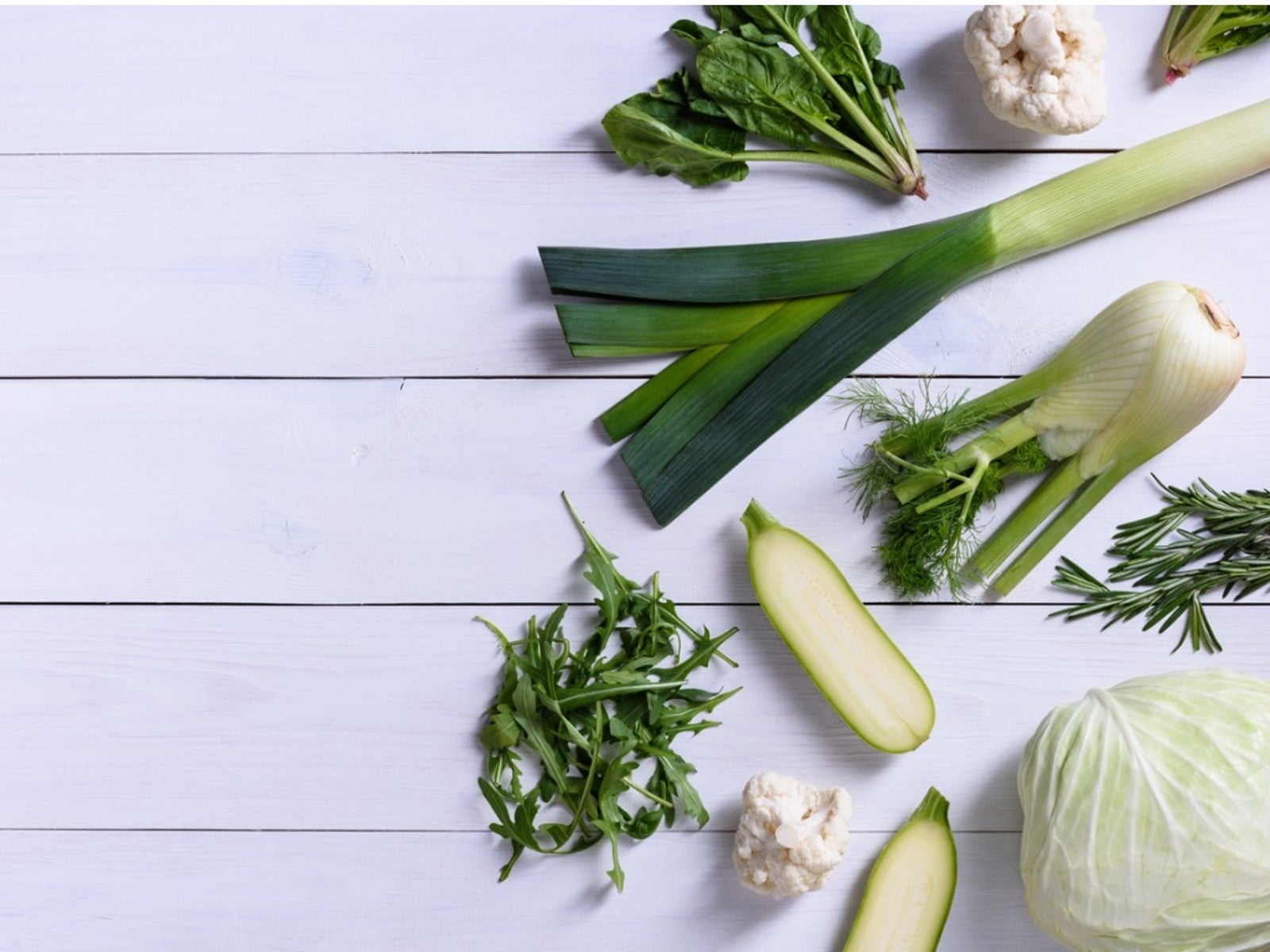 Plants For French Cuisine – Growing French Vegetables In Your Garden
Plants For French Cuisine – Growing French Vegetables In Your GardenA French potager is just a fancy way of saying kitchen garden. Try planting French herbs and vegetables, and in no time you'll be saying bon appétit as you serve your family.
By Bonnie L. Grant
-
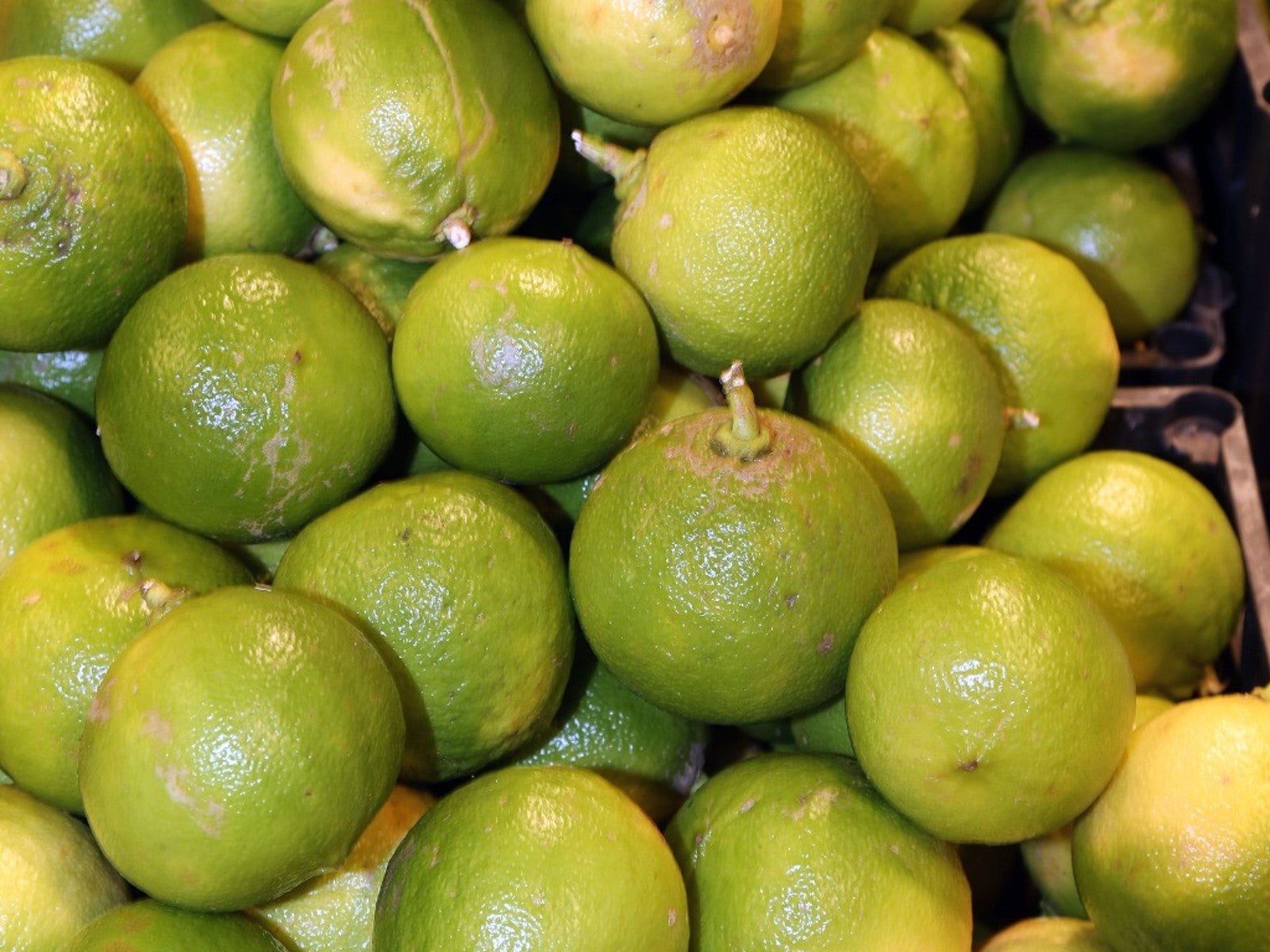 Bergamot Orange Growing Tips – Caring For A Bergamot Orange
Bergamot Orange Growing Tips – Caring For A Bergamot OrangeIf you have ever enjoyed a cup of Earl Grey tea, you know the aroma and flavor of the bergamot orange fruit. Read on for more.
By Mary Ellen Ellis
-
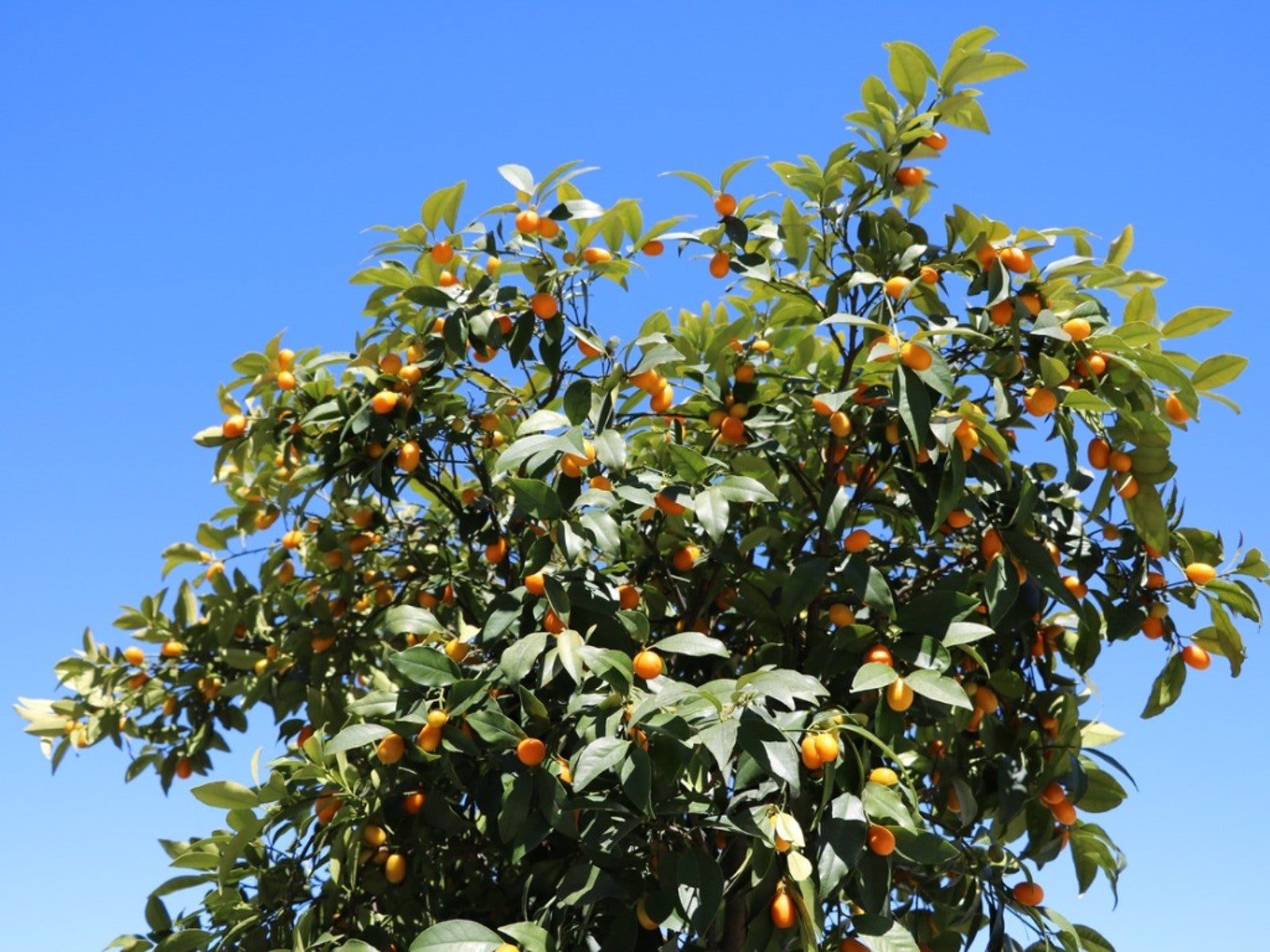 Trovita Dwarf Orange – How To Grow Trovita Orange Trees
Trovita Dwarf Orange – How To Grow Trovita Orange TreesTrovita dwarf orange is an orange tree that can be grown across a wide range of conditions, including indoors. Read on for more.
By Tonya Barnett
-
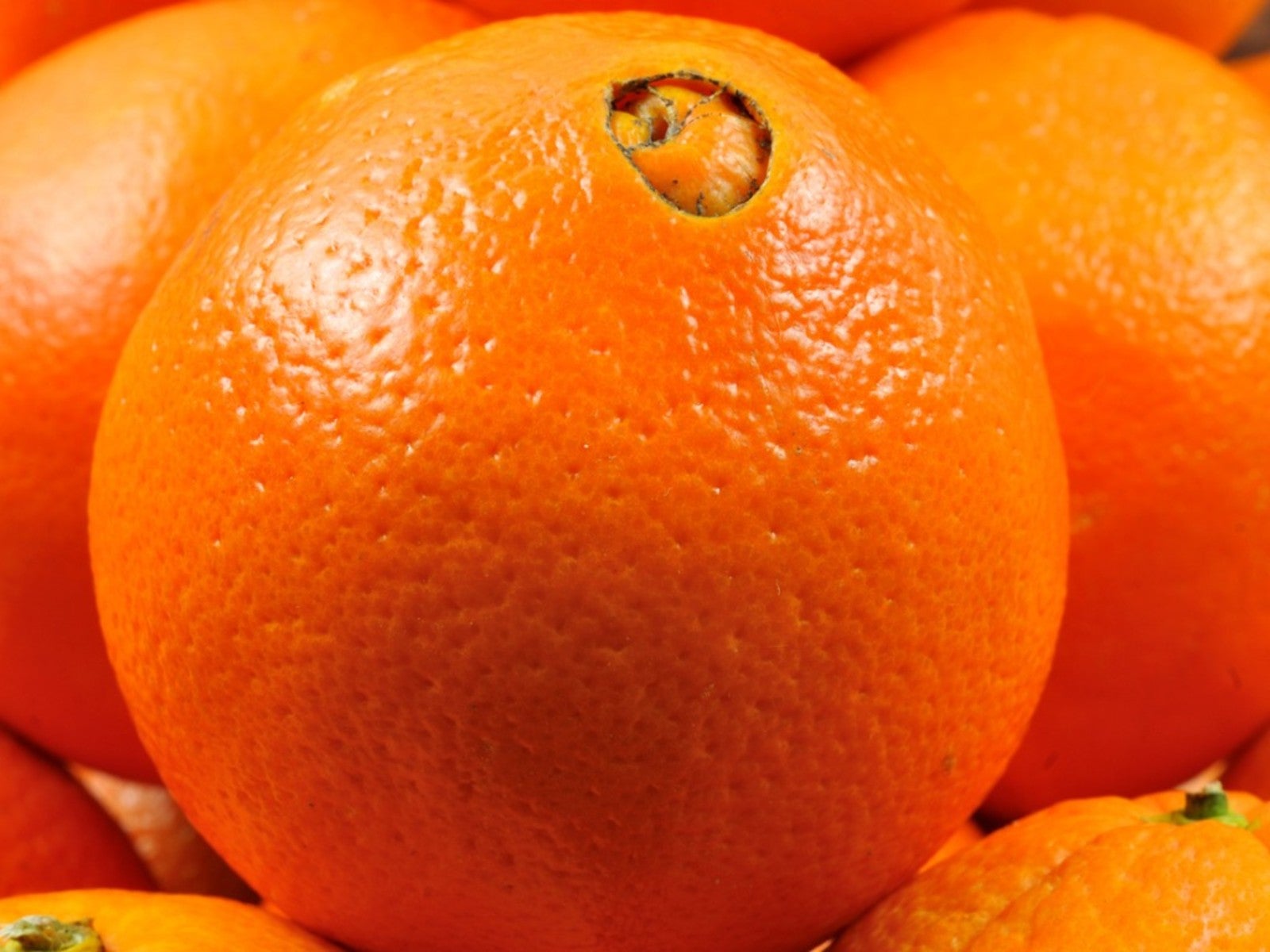 Growing Navel Oranges – Learn About Navel Orange Care
Growing Navel Oranges – Learn About Navel Orange CareSweet, delicious, and easy to peel, navel orange is easy to spot because of the partially formed, belly-button-shaped orange that grows at the bottom end of the fruit.
By Mary H. Dyer
-
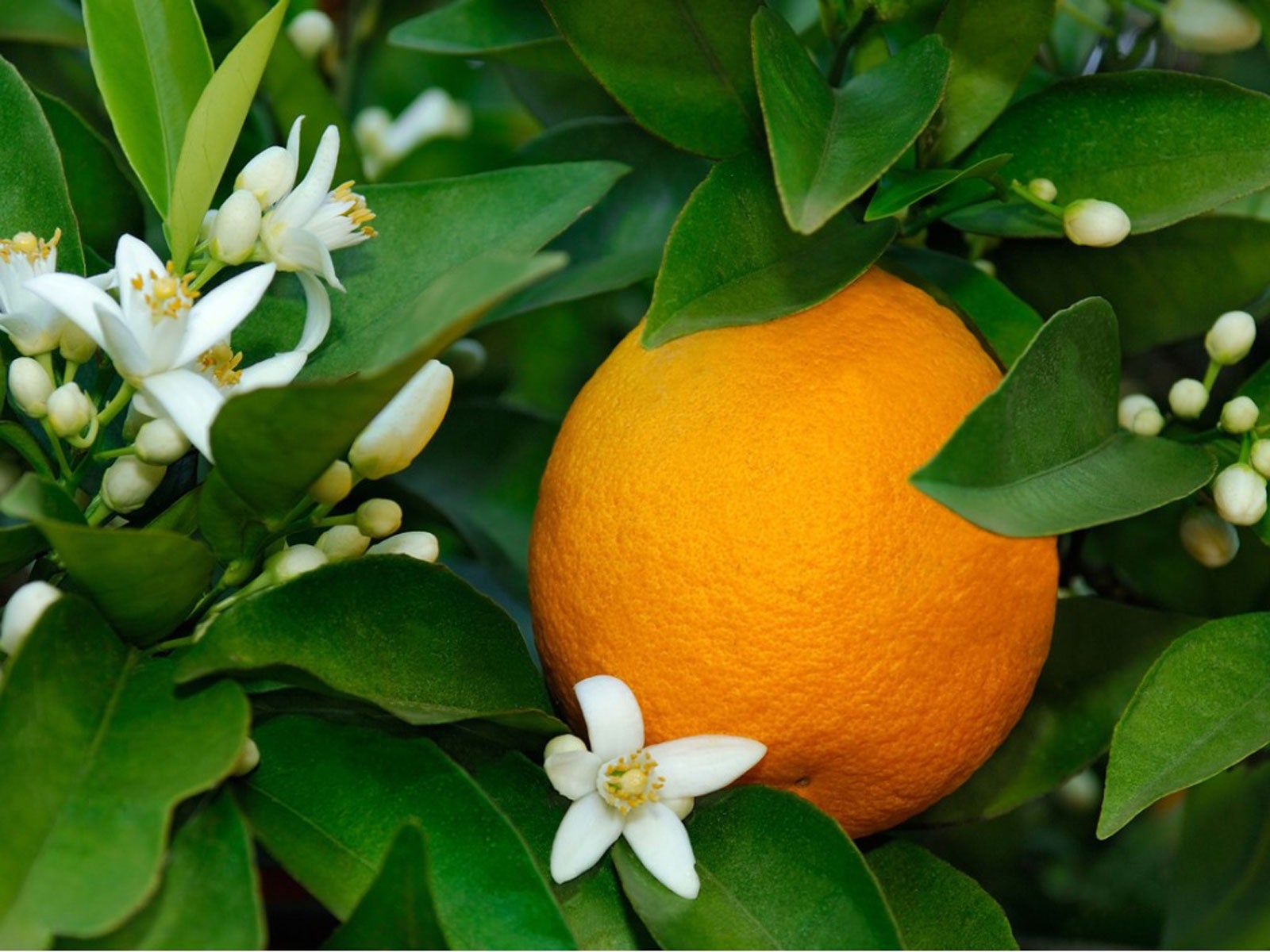 Flowering Orange Harvest: Tree Has Oranges And Flowers At Same Time
Flowering Orange Harvest: Tree Has Oranges And Flowers At Same TimeCan you harvest from a flowering orange tree? Should you allow both waves of fruit crops to come to orange harvest? Find out in this article.
By Teo Spengler
-
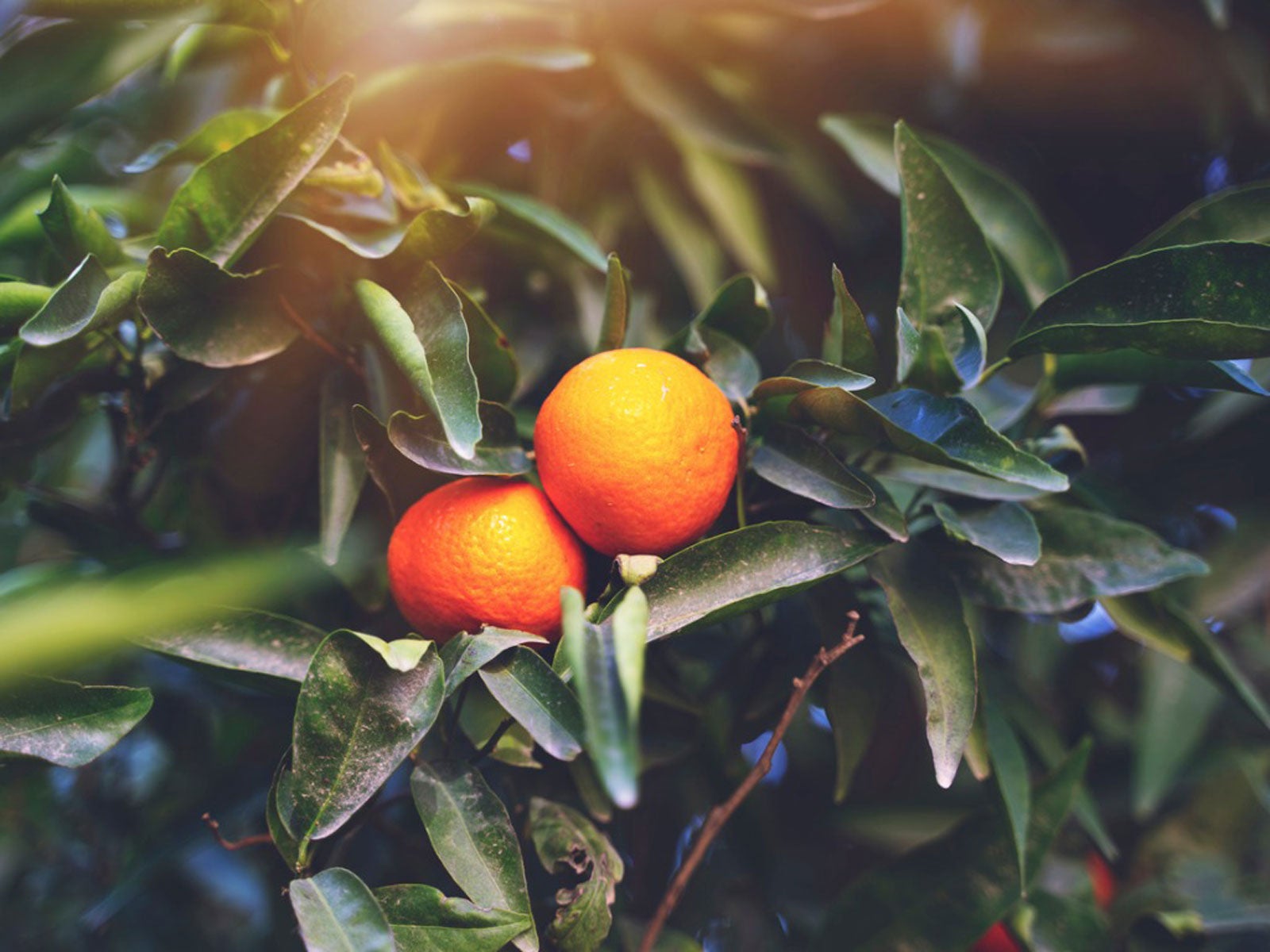 Small Orange Problem – What Causes Small Oranges
Small Orange Problem – What Causes Small OrangesThere are a variety of potential causes for small fruit on orange trees. Click here for an overview of causes of trees with small orange problems.
By Teo Spengler
-
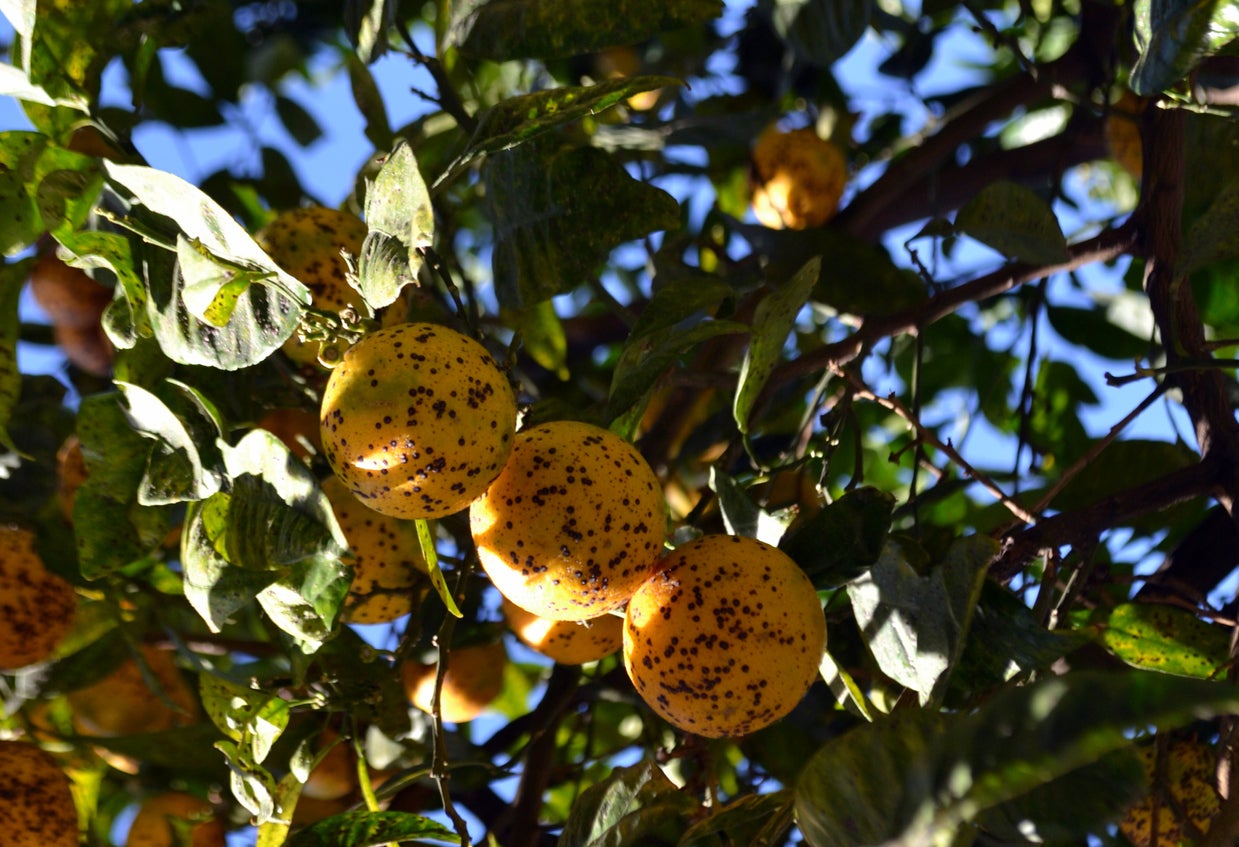 Diseases In Orange Trees: How To Treat A Diseased Orange Tree
Diseases In Orange Trees: How To Treat A Diseased Orange TreeGrowing oranges and other citrus can be a fun hobby for the home gardener, but it can also become derailed by disease. Know some of the main orange disease symptoms so you can catch and manage problems early and still get a great harvest of fruit. This article will help.
By Mary Ellen Ellis
-
Alternaria Blotch On Orange Trees: Signs Of Alternaria Rot In Oranges
If you have citrus trees in your home orchard, you should learn the basic facts about orange tree alternaria rot. Click the following article for information about alternaria rot in oranges, including tips on how to prevent alternaria blotch.
By Teo Spengler